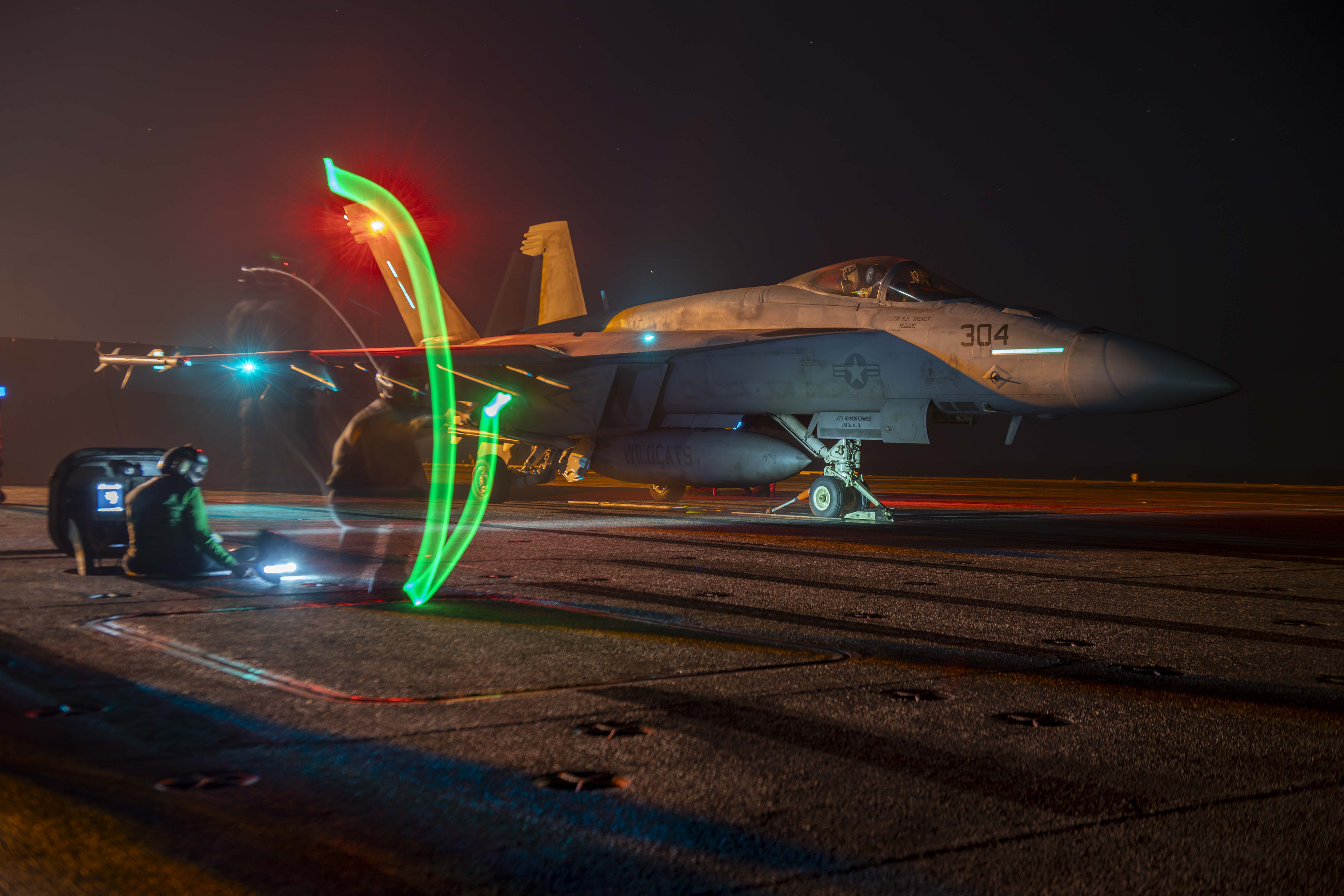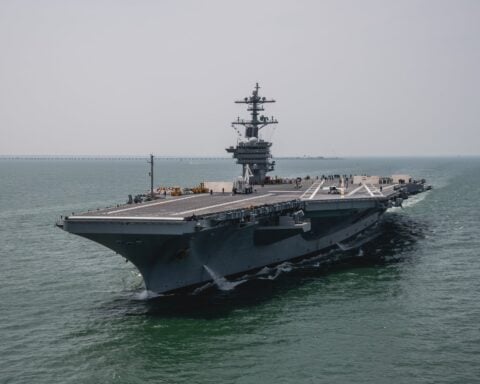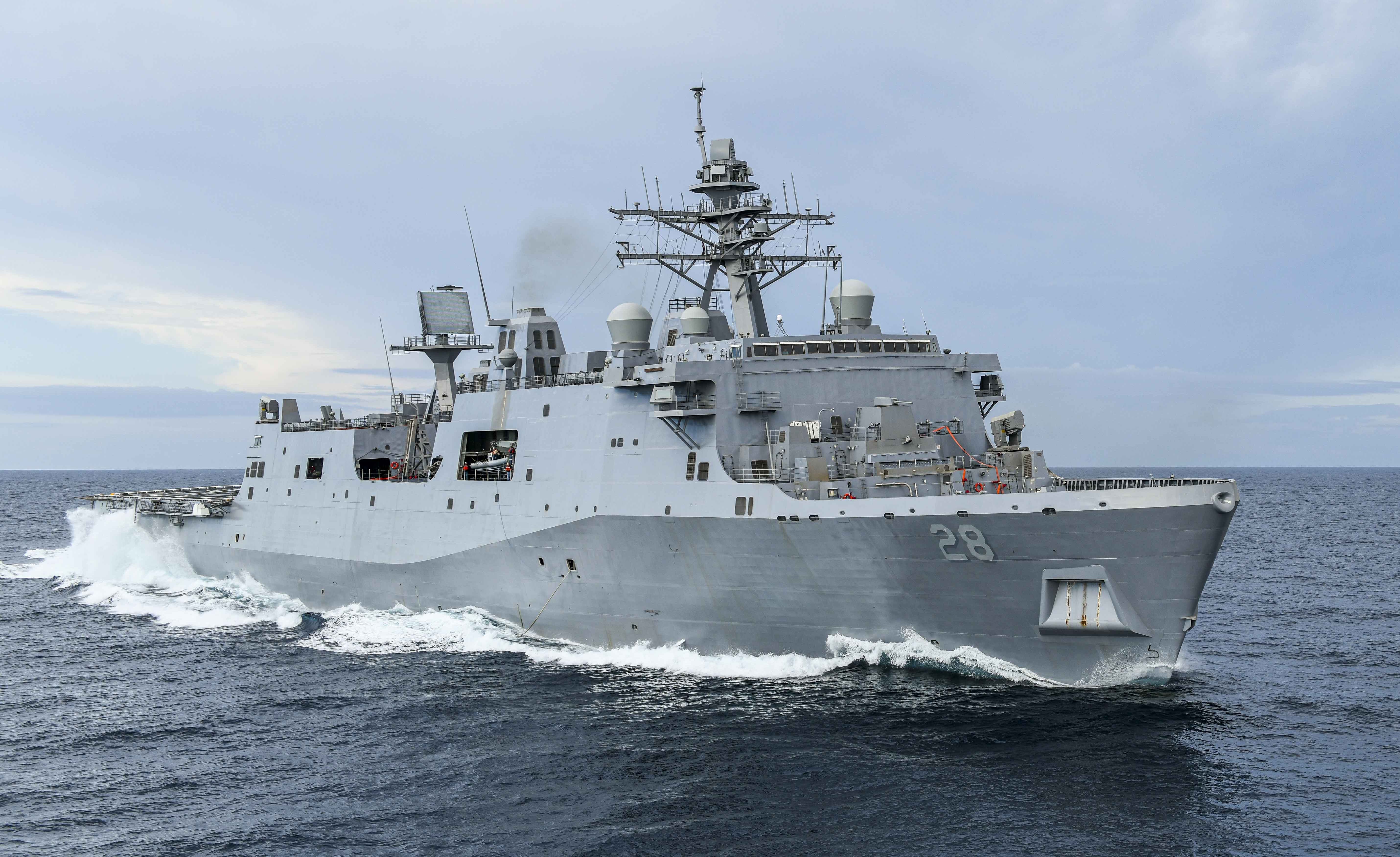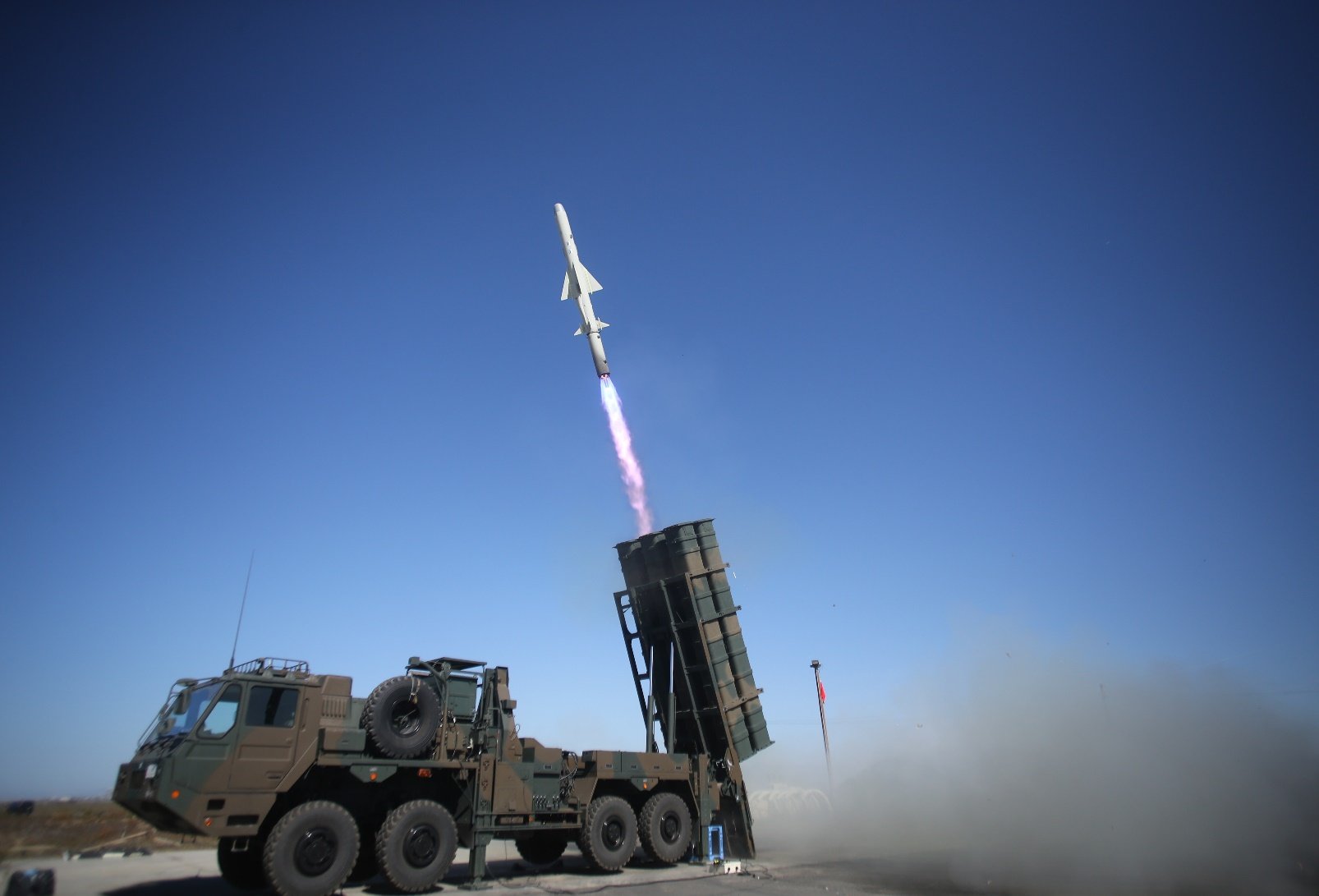
Japan’s Ministry of Defense signed four contracts worth a total of $2.83 billion last week with Mitsubishi Heavy Industries (MHI) for its standoff defense capability project, according to a Tuesday statement.
The standoff defense capability project is expected to provide the Japan Self Defense Forces (SDF) with long-range strike capabilities against ships and amphibious forces invading Japan, particularly at its remote islands, such as the disputed Senkaku islands administered by Japan and its southwestern islands.
It is part of the Defense Buildup Plan issued in December 2022, which aims to significantly improve Japan’s military and defense industry capabilities.
The Ministry of Defense signed the contract for improved ground-launched Type 12 anti-ship missiles on April 3. Production will begin this year and deliveries are scheduled for 2026 and 2027.
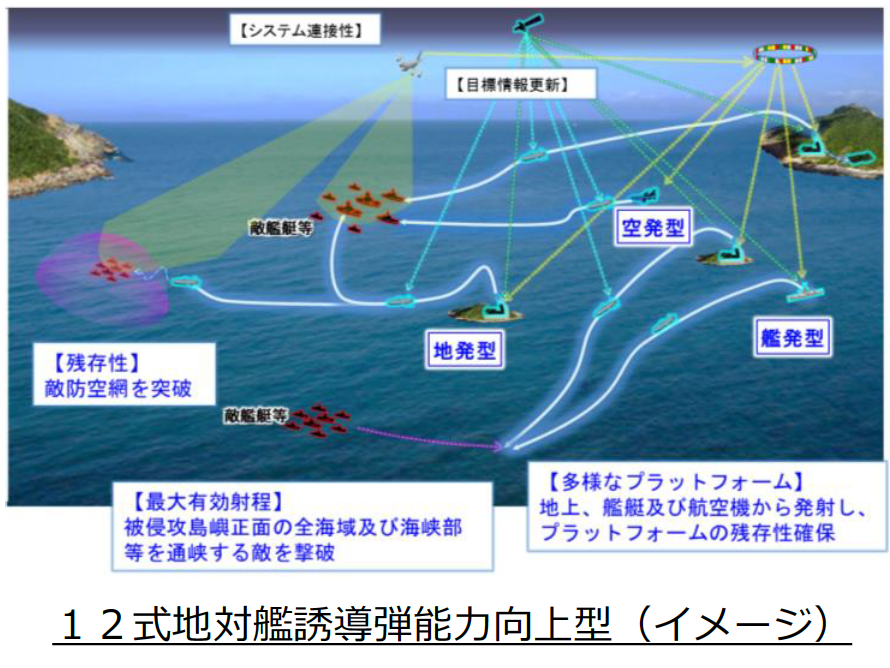
The MoD signed a second contract for the development of the improved Type 12 anti-ship missiles in all variants – surface, ship and air-launched – on April 7. The contract covers the development of the missile from 2023 to 2027, although the program for the missile’s development began in 2021, according to a statement from the Japanese MOD.
Japan’s FY 2023 Defense Budget included $964 million to be allocated for the development and production of the upgraded Type 12 Surface to Surface missile (SSM) for all three variants, with the aim of deploying the upgraded missile as early as possible
The Japanese MOD also signed the contract for mass production of hypersonic glide missiles on April 6 with production to begin in 2023 and delivery in 2026-2027. The hypersonic glide missiles will be launched from ground units garrisoned on Japanese islands or deployed to Japan’s remote islands in a similar manner to the U.S. Marines concept of operating small units with anti-ship capabilities around the first island chain, according to a MOD graphic issued in a release on the announcement,
The MOD signed the contract for the development of a long-range submarine-launched anti-ship missile on April 7, which plans for development from 2023-2027. The missile is to be launched from torpedo tubes, although Japan is planning to develop a new submarine that will carry a vertically launched missile system.
The MOD is expected to sign more contracts for defense procurement and development in the coming months, after Japan’s Parliament approved the FY2023 budget of 114.381 trillion yen ($868 billion) March 28, which included 6.82 trillion yen ($51.3 billion) for defense, making it the largest defense budget on record. Key program contracts expected to be signed for include the procurement of Tomahawk cruise missiles and the construction of 2 Aegis System Equipped Vessels (ASEV).
Prime Minister Fumio Kishida’s administration pledged to strengthen Japan’s defense capabilities within a five-year period in order to meet the threats posed by China, Russia and North Korea.
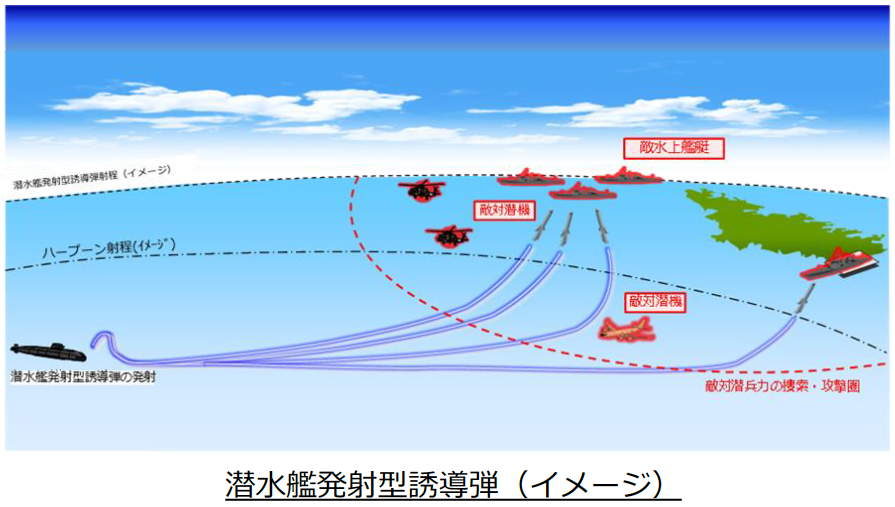
Japan’s budget includes 1.42 trillion yen ($10.6 billion) for standoff defense capabilities. Notable programs for standoff defense capabilities include:
- $383 million for research and production of Hyper Velocity Gliding Projectile (HVGP), with production geared toward deployment as early as possible
- $1.5 billion for development of an upgraded Hyper Velocity Gliding Projectile (HVGP) with an extended range as well.
- $440 million for research on hypersonic weapons
- $257 million for research on a new anti-ship missile, developing a prototype of a modular, multi-mission missile that feature longer-range, lower radar cross-section (RCS) and higher mobility technologies
- $1.58 billion to procure Tomahawk cruise missiles to be launched from vertical launch systems and $828 million for the relevant equipment in relation to it for installation on Aegis-equipped ships
Other programs under the FY 2023 defense budget include the purchase of Joint Strike Missiles (JSM) for the F-35A Lightning II fighters and procurement of Joint Air-to-Surface Stand-Off Missile (JASSM) for upgraded F-15 fighters.
The FY 2023 defense budget also aimed to improve Japan’s integrated air and missile defense capabilities with 987.7 billion yen ($7.43 billion) allocated, which includes 220.8 billion yen ($1.66 billion) to begin the process of construction of two Aegis System Equipped Vessels (ASEV), which will be two destroyers dedicated to the Ballistic Missile Defence task.
Japan currently has eight Aegis-equipped DDGs capable of the BMD task, but these destroyers were meant to operate as air defense destroyers for maritime operations but are now forced to solely focus on the BMD taskings. The two ASEVs will free up the eight DDGs for other tasks.
The FY 2023 allocation for the ASEV is to cover procurements of components for the ships. FY 2023 will also cover the ship design phase, with construction to start in FY 2024 and FY 2027 and 2028 respectively.


